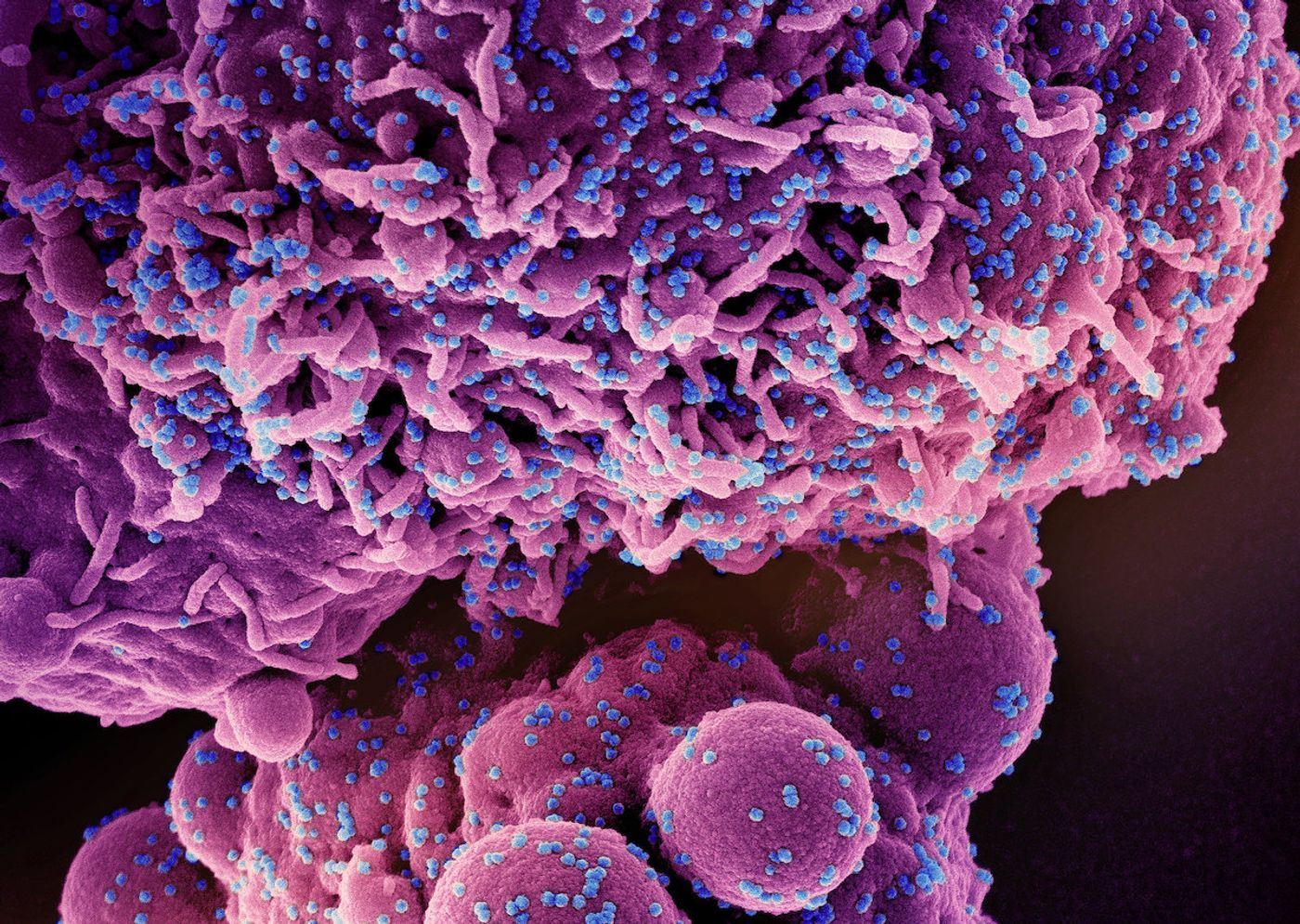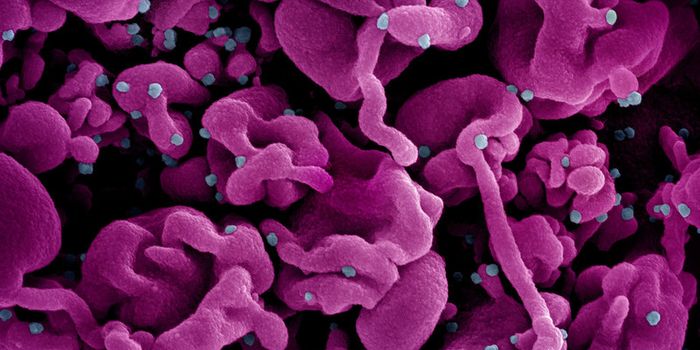Another Omicron Variant Emerges & May be Causing a New Symptom
When the Omicron variant of SARS-CoV-2, the virus that causes COVID-19, emerged, it quickly supplanted all other variants. It has now continued to evolve and pick up new mutations. The World Health Organization (WHO) has continued to monitor these variants, and classify them as either variants under monitoring, variants of interest, or variants of concern. Only variants of concern, which are the biggest potential threats, will be given proper names.
Many new variant names will reflect their status as recombinants, in which two viruses have combined their genetic material. The letter X at the start of a variant designates a recombinant genome, and the following letter simply follows alphabetical order. Thus, we had variants like XA and XB; once researchers moved through the alphabet, the letters doubled up, so now we see names like XBB.
Some people do not like the confusion that has arisen from some of these names, so a few nicknames have been doled out to make it a bit easier to discuss them. The XBB.1.5 subvariant, for example, was called Kraken by experts who track the emergence of variants.
Now, another new subvariant of Omicron has emerged and is causing concern in some areas. This virus has been dubbed Arcturus by trackers. Cases have surged rapidly in India, even as the incidence of the virus is in decline worldwide.
Dr. Maria Van Kerkhove of the World Health Organization recently noted that XBB.1.16 is now being monitored carefully. Researchers have found that it carries one more mutation in the viral spike protein compared to the XBB.1.15 variant. In the laboratory, this mutation has made the variant more infectious.
There may also be a new symptom associated with XBB.1.16/Arcturus. Doctors in India have noted that many kids are falling ill, and they are presenting with a cough, high fever, and eye irritation called conjunctivitis, or pink eye. At this time, the cases do not appear to be more severe than those caused by previous variants.
Right now, there are many anecdotal reports in India of pediatric conjunctivitis, variant tracker Raj Rajnarayanan, assistant dean of research and associate professor at the New York Institute of Technology told Fortune.
As of April 12, India was reporting 40,215 active cases of coronavirus; between Tuesday and Wednesday 7,830 new cases were confirmed. Other variants in India have been replaced by XBB.1.16/Arcturus within a few months.
A pre-print reported on bioRxiv has suggested that XBB.1.16/Arcturus can also resist the effects of many antibodies that work against SARS-CoV-2, and that it may also be better at reproducing than other Omicron variants. This variant may spread around the world, and soon, the researchers noted.
Sources: University of Nebraska Medicine, CBC News, bioRxiv, WHO
-
APR 30, 2024Immuno-Oncology Virtual Event Series 2024
-
MAY 07, 20243rd International Biosecurity Virtual Symposium
-
SEP 03, 2024Microbiology Week Virtual Event Series 2024
- See More


















































